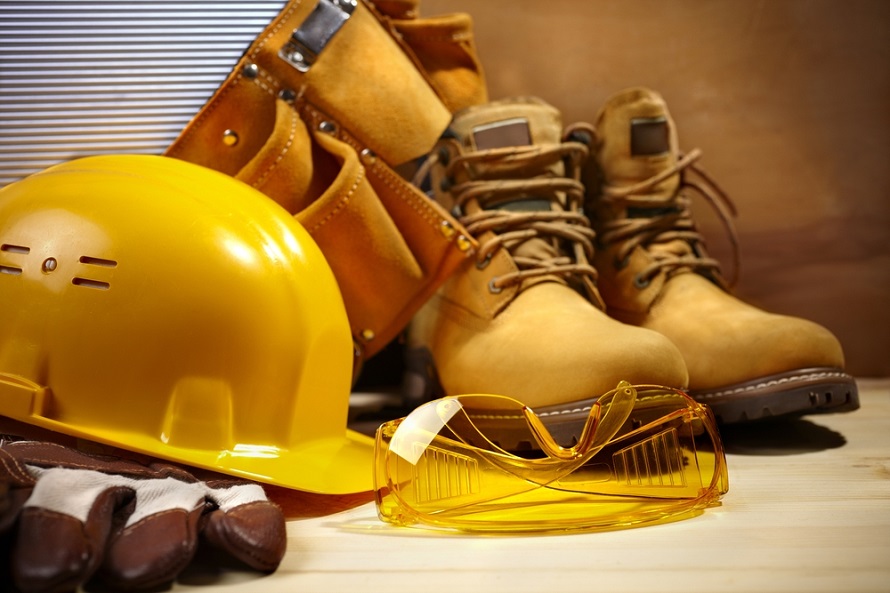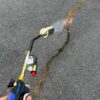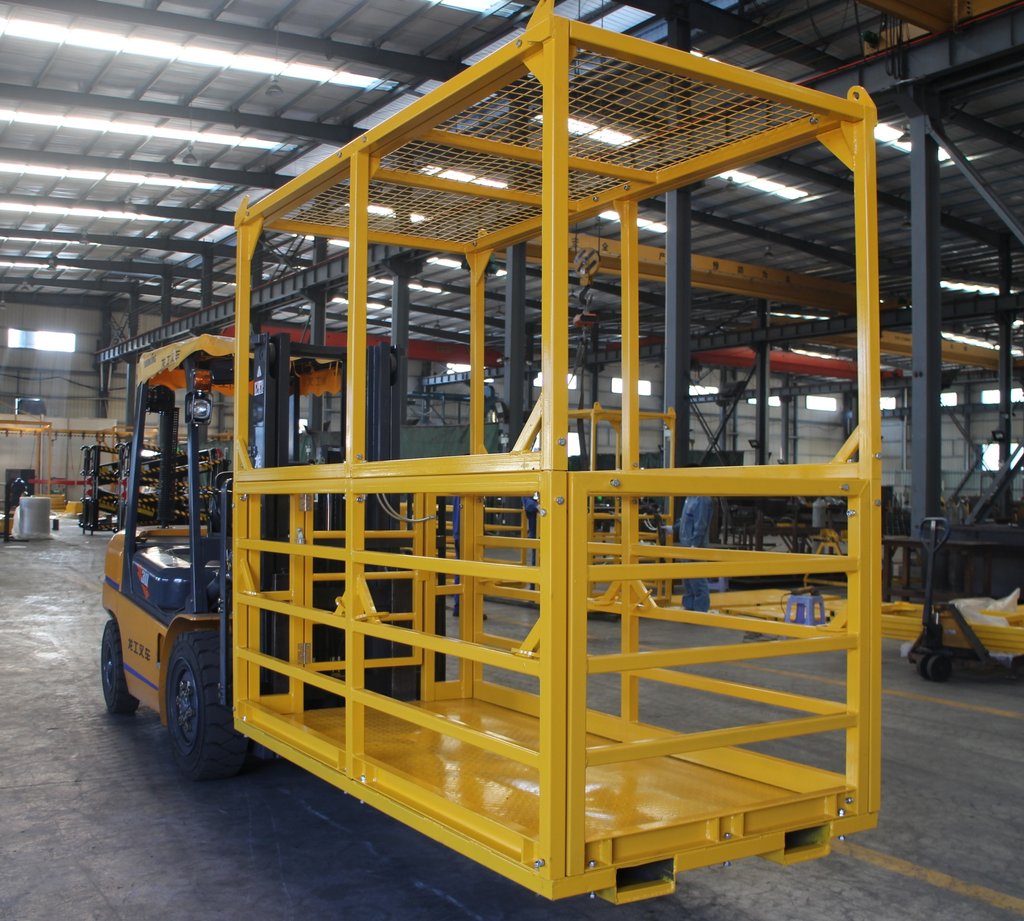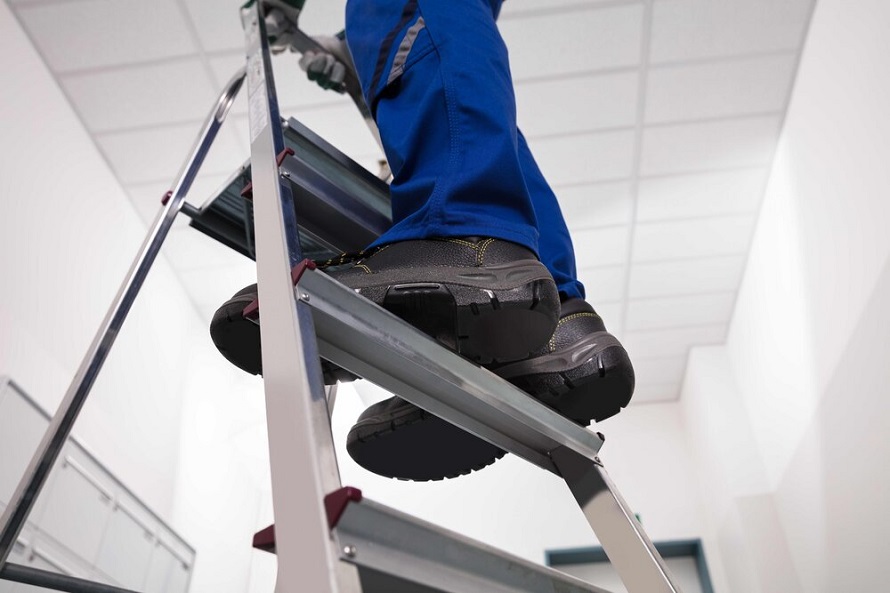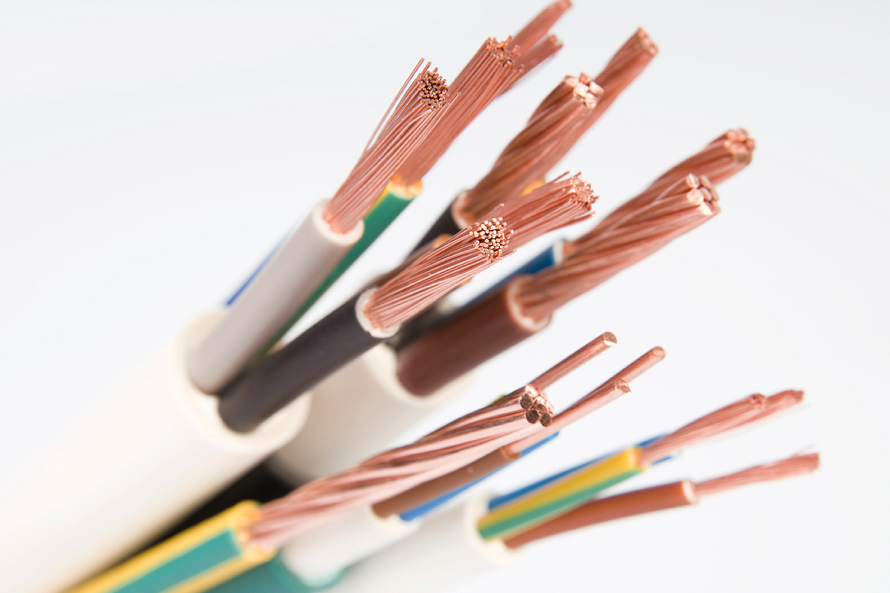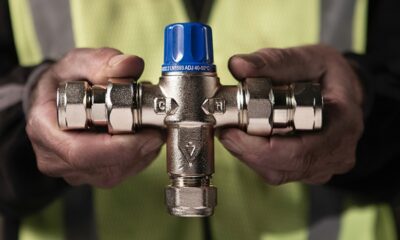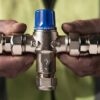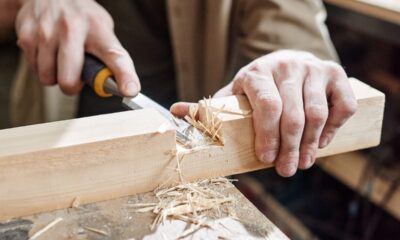Industry
Things to Consider When Buying an Anemometer
Even though working in mines nowadays is safer than in the past, they still pose some threat to the workers. The reason why mines are safer than before is mainly because of the technologies that are incorporated in them, like the tools and equipment that measure anything and everything, such as the velocity of the wind, pressure, temperature, and so on. Moreover, air velocity can impact the quality and quantity of the materials being mined.
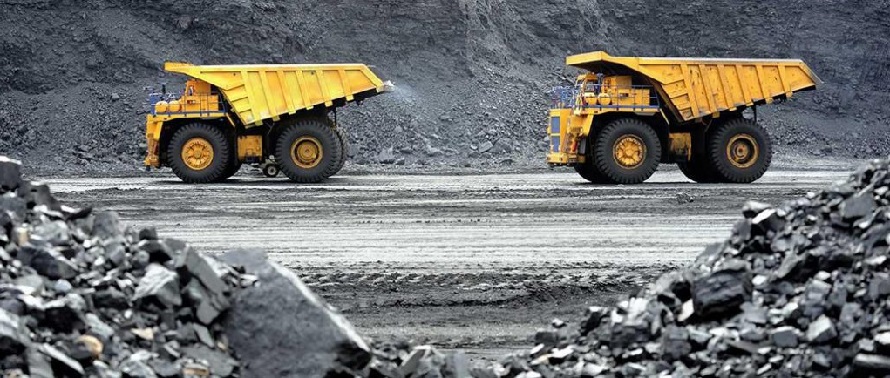
In order to measure air velocity, miners use anemometers. These versatile pieces of equipment can be found in mining supply stores, among other stores but their usage goes far beyond mines alone. For instance, you can use an anemometer to control pollution, a wind turbine, to maneuver aircraft and ships ready for take-off, and to study the effects wins can have on crops.
Simply put, an anemometer is used to measure the speed of the wind, and it’s one of the most fundamental instruments used in mines and weather stations. It features four cups, each of which is attached on a horizontal arm, which is mounted on a central axis, similarly to spokes on a wheel. When wind comes in contact with the cups, they rotate the axis, and the faster the wind, the faster the cups rotate the axis.
But before you run into a mining supply store to buy an anemometer, you have to assess the quality and the features that are worth taking into account. For instance, accuracy rating, response and wind speed, size and design and cost can all make or break an anemometer. Doing your homework before you make a purchase is key to making a good investment.
Accuracy
The accuracy rating of the anemometer is the most important factor to consider. It signifies how accurate the readings will be, and as a general rule of thumb, you want an anemometer with an accuracy rating of about 5%, or better.
Response and Wind Speed
Another significant factor to consider. A decent anemometer will typically have a wind speed reporting that ranges from 0 to 150 kmph, or more. Moreover, the anemometer should have a fast response time, because the wind speed can fluctuate quickly, so the tool has to be able to provide updated wind speed ratings.
Size and Design
As is the case with almost every other tool, anemometers come in different sizes and shapes. For instance, cup anemometers don’t always come with four cups, and those that do can be of different size. Three-cup anemometers are more accurate than four-cup anemometers, and you generally want the anemometer to have a longer cable, so you can place it on a higher location.


